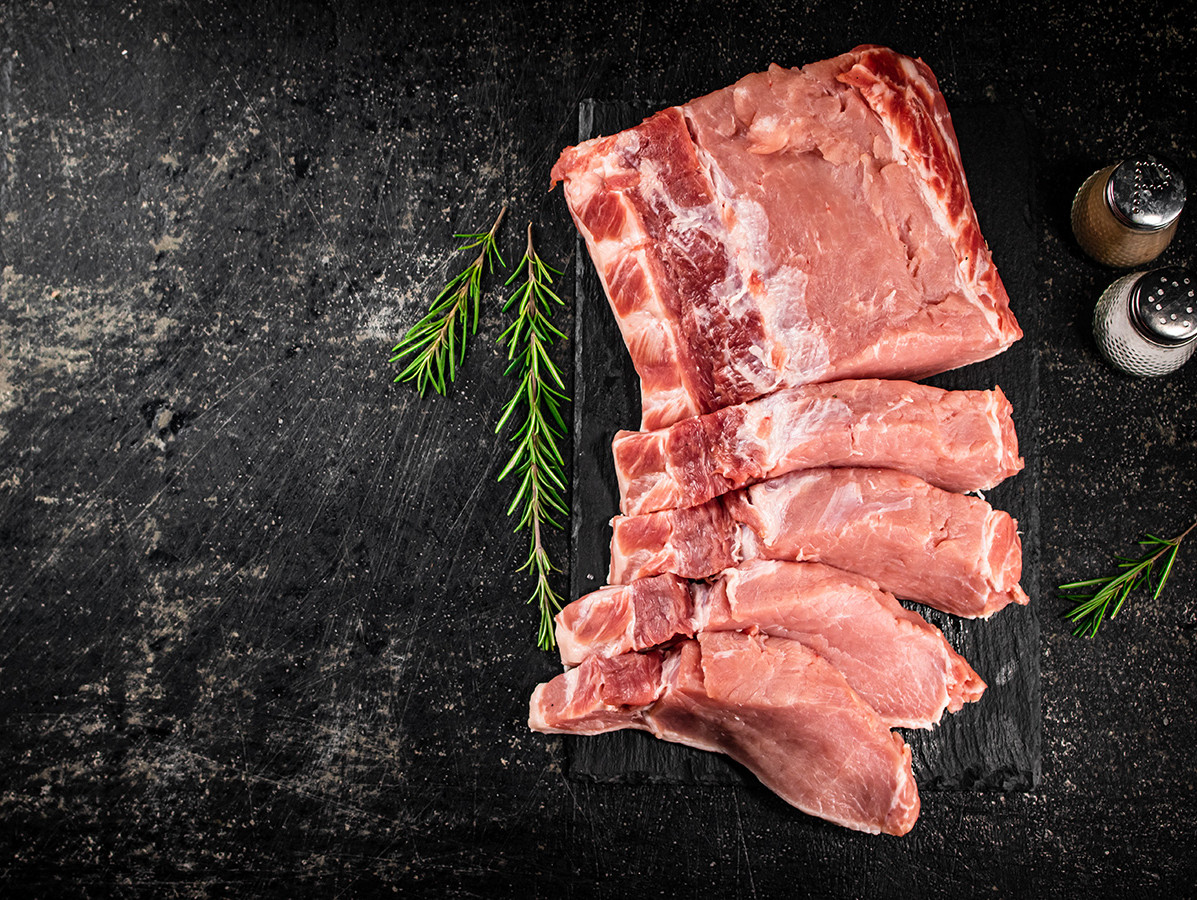
Pork production in the European Union will be five per cent lower in 2022 than in 2021. A further 0.7 per cent drop in production is expected in 2023. That is according to the short-term forecast of market analysts from the European Commission. At 10 per cent, the decline is biggest in Germany. The percentage decreases are also large in Belgium and Poland at around 9 per cent and over 8 per cent respectively.
Italy also saw a solid drop in percentage terms: almost 3 per cent. In the Netherlands, the decline in output is expected to be about 1 per cent and in Denmark about half a per cent. Spain is the only country where European analysts say an increase in production will be visible this year. However, this will be limited to 1.6 per cent, compared to a plus of 3.7 per cent in 2021.
Due to high costs in the pig sector and because African swine fever will have its effects, production in Europe is expected to fall further next year. And by about 0.7 per cent at that. Margins in the sector remain small. Partly because of this, according to European Commission market analysts, the pig sector is losing its attractiveness to young farmers.
The combination of strong demand and lower production boosted pig prices from mid-July to mid-September. Pork prices during that period were 28 per cent above the average for the years 2017 to 2021. This made European pork production less competitive on the world market.
Pork consumption in the European Union is also showing a downward trend. Pork consumption is expected to be 1.9 per cent lower this year. Per capita consumption this year is reported to be 32.1 kilos. A further slight decline is expected next year, to 32 kilos.
Source: Varkens.nl